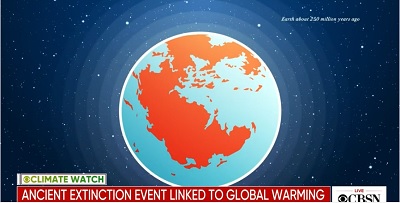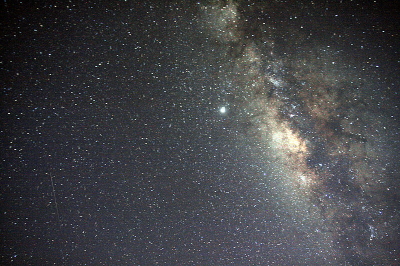Click Here to Read and View: The Great Dying: Earth’s largest-ever mass extinction is a warning for humanity BY Jeff Berardelli and Katherine Neimczyk on the CNN website on March 4, 2021.

Click Here to Read: The Milky Way is probably full of dead alien civilizations, according to physicists By AJ Dellinger on the Mic website on February 25, 2021.
A meteor and galactic center of Milky Way galaxy seen from Hawaii Volcanoes National Park. Image: Brocken Inaglory Public Domain via Wikimedia Commons.
Click Here to Read: Bill Gates: Rich nations should shift entirely to synthetic beef: We spoke to the Microsoft cofounder about his new book, the limits of his optimism, the tech breakthroughs and energy policies we need—and how his thinking on climate change has evolved.
by James Temple on February 14, 2021.
